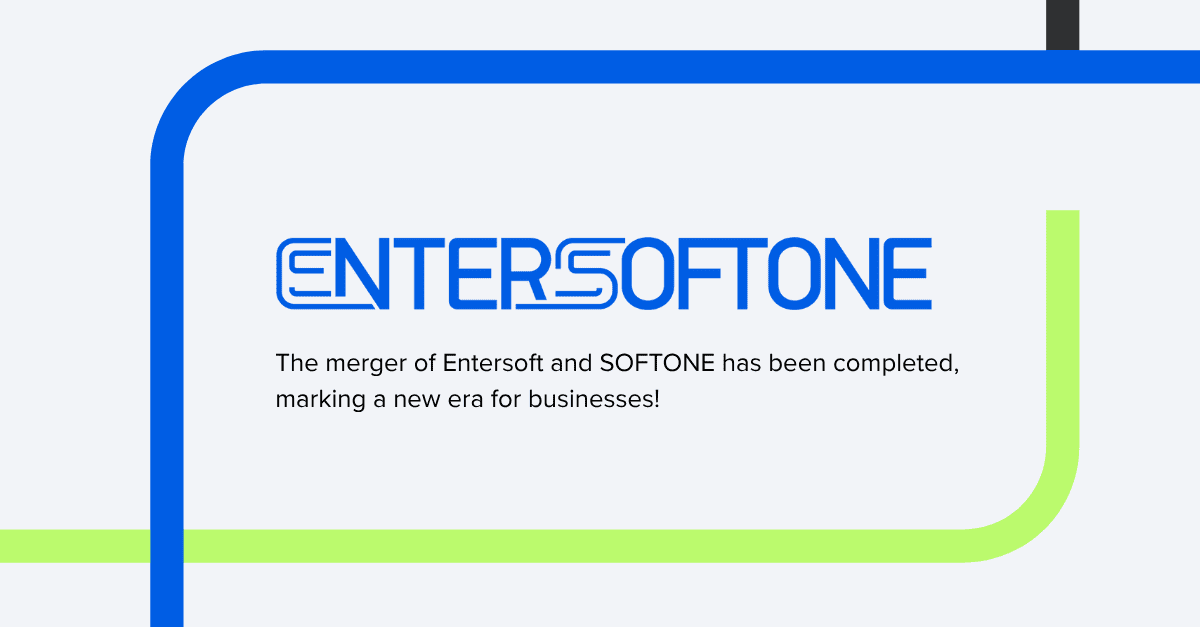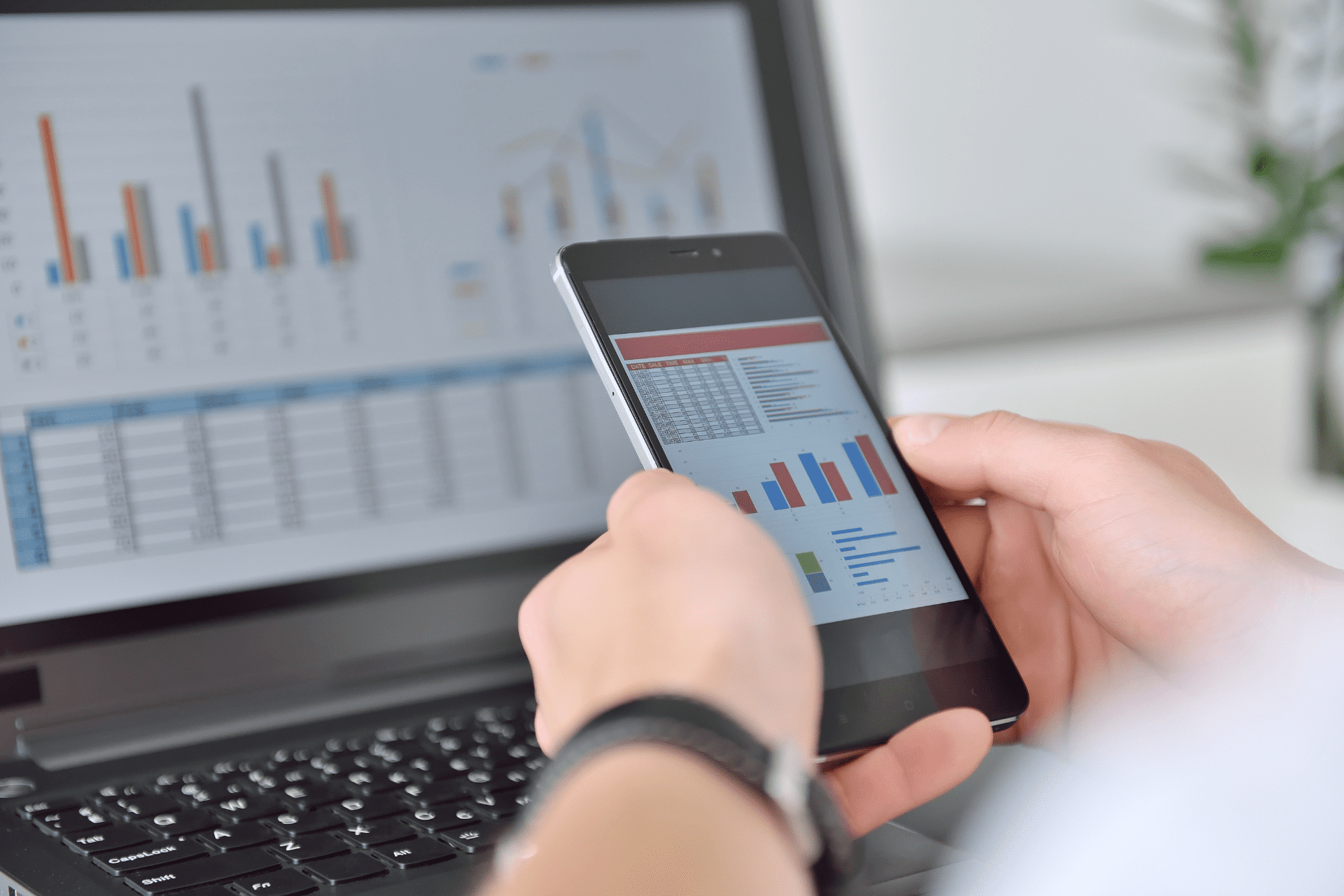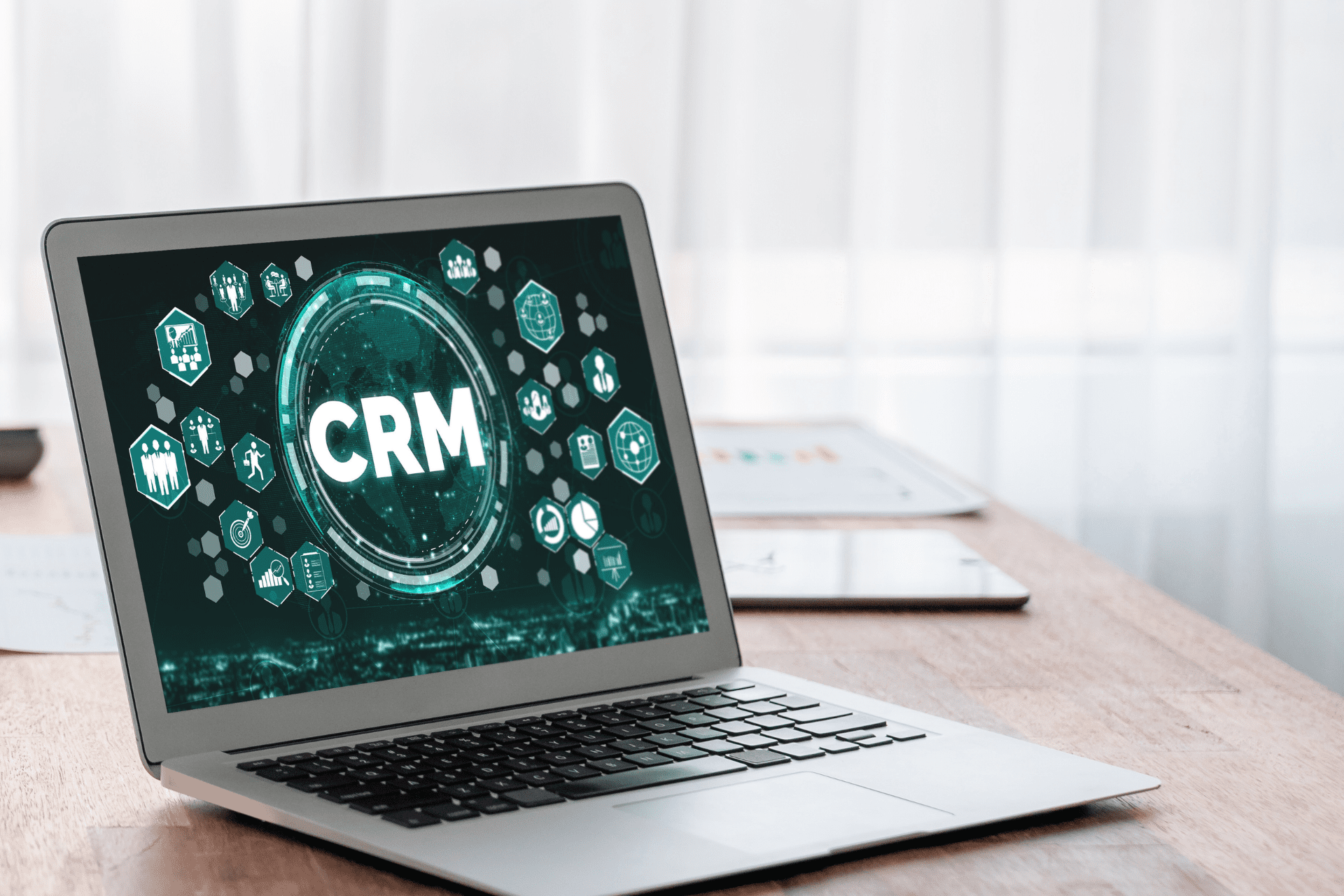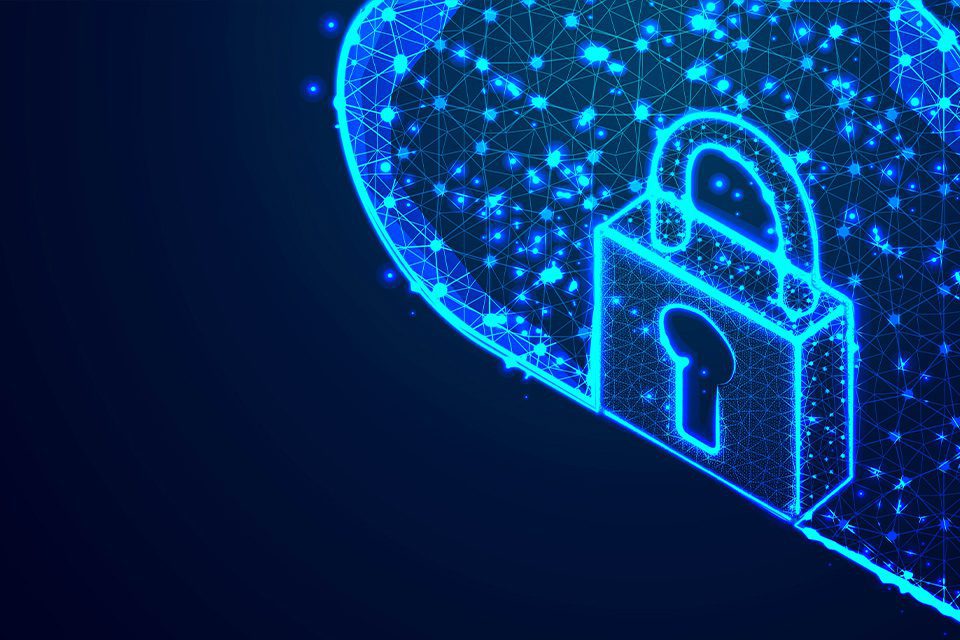Share
Read also

News & Events
ENTERSOFTONE: The merger of Entersoft and SOFTONE has been completed, creating the largest provider of business software products and services in Greece and Southeast Europe.

Mobility
Outlook for the BYOD and EM market from 2025 to 2035

Cloud
The Cloud CRM market will see impressive growth by 2033

Mobility
Key trends in Sales Force Automation
Each year begins with promises for technology innovation and developments, and the same obviously applies for ERP systems this year. Read below to find out some of the most prominent technology trends (for both hardware and software) which are bound to leave their mark in 2017.
Internet of things (IοT)
IoT has brought on a revolution in the manufacturing industry, and overall as well. Thanks to the integration features it offers, it essentially brings the physical and digital worlds together, with impressive results in scale economy, supply chain effectiveness, estimates and planning with the aid of analytics.
Cloud empowerment
Cloud computing will continue to expand as businesses migrate to the Cloud in their effort to reduce the workload of their internal IT systems. Thus, businesses and developers will be able to scale their operations up or down in a cost-effective way and at a minimum time. In short, Cloud computing has developed and grown, and businesses are now truly keen on deploying Cloud-based systems.
Mobility growth
Mobility is becoming more and more popular, while app integration has emerged as the main trend. Businesses using different applications, can now integrate them into one and only app (from one and only vendor) in order to reduce expenses and reporting. For example, HR applications and applications used to record purchases and expenses, can be combined into one vendor’s application and written with the same code to enable IT cut costs and improve these applications. So, mobility is expected to grow further, offering businesses network availability 24/7.
Wearables
Wearable devices are not only popular with consumers, but with ERP users as well. As Jawbone and Fitbit devices are used by consumers to check their pulse, pressure and work-out routine, devices such as Samsung Gear, Apple’s iWatch and Microsoft Band will be used by both managers and employees to measure and control the “health” state of their business operations and ERP solutions.
Data visualization
The existence of the so-called millennials in the labor market entails that there will be expectations for a more intuitive ERP model, similar to that of social media. For example, these employees are not used to searching the data they need. Instead, they expect to have the required data readily available via notifications or posts, similarly to Twitter and Facebook. This combination of social media environment, machine learning and business intelligence, will allow business owners to achieve unmatched levels of availability and interaction with their ERP data that would be impossible to reach before.
Virtual reality 3D design
VR creates immense opportunities for all kinds of businesses, and especially for those involved in manufacturing and 3D design. For example, design teams will be able to virtually share 3D visual specs, regardless of each member’s location.







